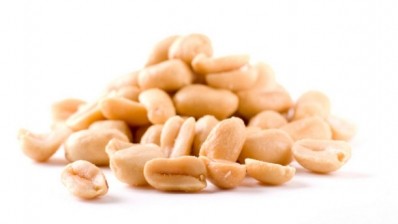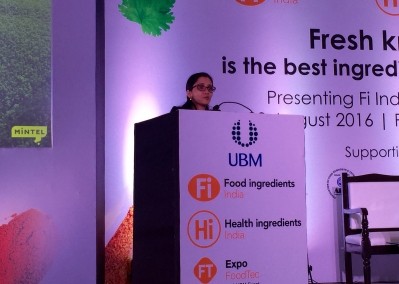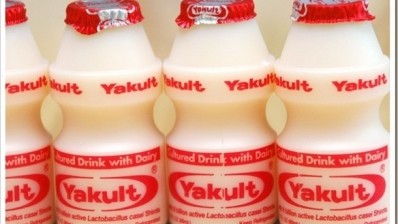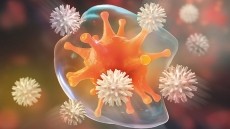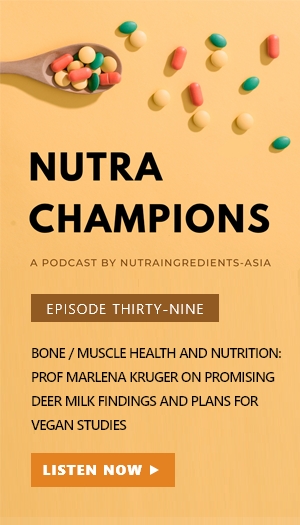Alginate-starch encapsulation could aid probiotic survival
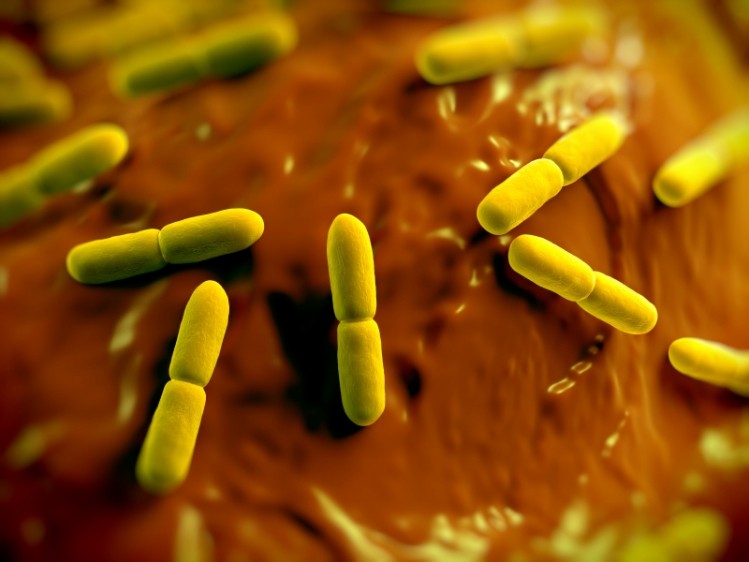
The new study used a simulated gut model and further tests in a model colon to assess the survival of the probiotic strain Lactobacillus casei 01 and its subsequent influence on on the make-up of the microbiota.
Led by Tanachai Pankasemsuk from Chiang Mai University in Thailand, the team noted that previous studies investigating the potential of alginate and hi-maize combinations found that total short-chain fatty acids produced by the gut microbiome increased by nearly 17% while levels of lactobacilli and bifidobacteria in the colon increased by 2 and 1 log colony forming units (CFU) per mL, respectively.
“To confirm the previous work, an alginate and a high-maize starch were used to entrap L. casei 01, subsequently, the influence of this composite material on the cell survivability in a gut model including its metabolites were investigated,” wrote the team.
Pankasemsuk and colleagues reported that the alginate beads incorporating 1% hi-maize starch enabled optimal levels of viable cells in both gastric and bile fluids.
“In general, greater survival of entrapped L. casei 01 than the free cells upon incubation in the simulated gastric and bile fluids was achieved,” revealed the team.
“In the colon experiment, coated L. casei 01 had great influence on the augmentation of colon lactobacilli, whereas SCFA such as acetate, propionate and butyrate were the major synthesized products of colon microbiome,” they added.
Study details
Pankasemsuk et al used emulsion technologies to produce an probiotic encapsulation of L. casei 01 (supplied by Chr. Hansen) with 2% alginate and varying levels of hi-maize starch (between 0.5-2%)
“The efficacy of this encapsulation was then carefully assessed by SEM microstructure as well as cell survivability in gastric, bile and colon fluids (simulated gut model),” the team explained.
The Thai authors revealed that SEM images showed the coating materials gave rise to more compact bacterial cells residing in the beads than applying alginate alone.
“In the colon experiment, coated L. casei 01 had great influence on the augmentation of indigenous lactobacilli during 24 h fermentation, while the synthesized products of colon microbiome such as acetate, propionate and butyrate were progressively increased up to 48 h fermentation,” they reported.
However, they noted that these effects subsided with prolonged fermentation due to the accumulation of dead cells and harmful substances to the cells.
Source: Food Bioscience
Published online ahead of print, doi: 10.1016/j.fbio.2016.07.001
“Encapsulation of Lactobacillus casei 01 by alginate along with hi-maize starch for exposure to a simulated gut model”
Authors: Tanachai Pankasemsuk, et al

